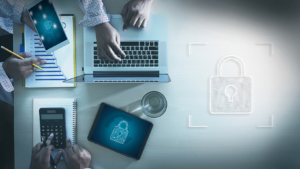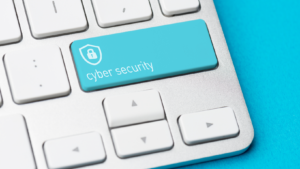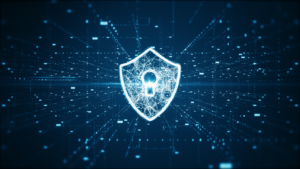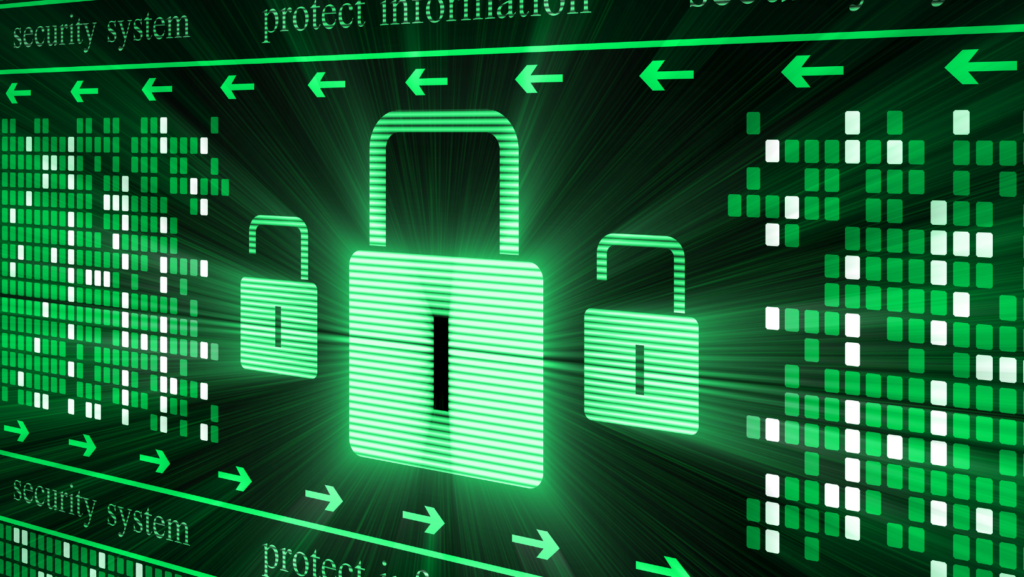In today’s digital age, cybersecurity isn’t just a buzzword—it’s a necessity. For cybersecurity safety tips awareness month kicks off, it’s the perfect time to shine a light on the importance of protecting personal and professional data from cyber threats. With cyberattacks becoming increasingly sophisticated, individuals and businesses alike must stay informed and vigilant.
This month-long observance aims to educate the public on best practices for safeguarding digital information. From recognizing phishing scams to understanding the importance of strong passwords, cybersecurity awareness empowers people to take control of their online safety. By adopting proactive measures, everyone can contribute to a safer digital environment.
With technology evolving rapidly, staying updated on cybersecurity trends is crucial. For cybersecurity safety tips awareness month serves as a reminder that security is a shared responsibility. By embracing these tips and spreading awareness, individuals can help build a more secure digital world for themselves and others.
For Cybersecurity Safety Tips Awareness Month

For cybersecurity safety tips awareness month is pivotal in safeguarding sensitive information. As technology integrates into daily life, digital threats grow more sophisticated. Understanding these threats empowers individuals and organizations to implement effective defense strategies. Educating employees on potential risks reduces vulnerability to cyberattacks. Providing training on recognizing phishing attempts and secure password practices enhances security.
Data breaches can cause financial loss and reputational damage. Increasing awareness reduces these risks. Encouraging vigilance in handling digital communications prevents unauthorized access. Regularly updating security protocols and software ensures resilience against evolving threats.
Key Topics For Cybersecurity Safety Tips Awareness Month
Cybersecurity Safety Tips Awareness Month focuses on educating individuals and organizations to safeguard their digital presence. Key topics include password management, phishing scams detection, and secure network practices.
Password Management
Effective password management remains one of the most crucial aspects of cybersecurity. Strong passwords consist of at least 12 characters and include a mix of letters, numbers, and symbols. Avoid using easily guessed information such as birthdays or simple sequences. Password managers help store complex passwords securely, reducing the risk of password reuse across different accounts.
Recognizing Phishing Scams
Phishing scams pose significant threats by tricking users into revealing sensitive information. Spotting phishing attempts involves checking email addresses for authenticity, looking for spelling errors, and being wary of unsolicited requests for personal information. Users should avoid clicking links in suspicious emails and report such incidents to their IT department or a relevant authority immediately.
Secure Network Practices
Secure network practices provide a foundational layer of defense against cyber threats. Use firewalls and antivirus software to monitor and protect network traffic. Regularly update routers and network devices to fix vulnerabilities. Encourage the use of Virtual Private Networks (VPNs) when accessing public Wi-Fi to encrypt data and maintain privacy.
Strategies For Effective Awareness Programs

Implementing effective awareness programs is crucial for enhancing cybersecurity resilience. These strategies help individuals and organizations mitigate risks and protect sensitive data.
Employee Training
Employee training is vital for minimizing cybersecurity vulnerabilities. Training sessions focus on equipping staff with the knowledge to identify phishing attempts, secure personal devices, and understand the importance of password hygiene. Organizations regularly update training materials to reflect evolving threats, ensuring employees are aware of the latest tactics cybercriminals use. Interactive methods, such as simulations and workshops, effectively engage employees and reinforce learning.
Regular Security Audits
Regular security audits assess an organization’s defense mechanisms and identify potential vulnerabilities. These audits involve scrutinizing current protocols, evaluating employee compliance, and testing IT infrastructure. By conducting audits, organizations can identify gaps in their security measures and take corrective action. Engaging third-party experts for unbiased assessments enhances audit effectiveness. Documenting audit results provides valuable insights, guiding future improvements and promoting a proactive security culture.
Tools And Resources For Cyber Safety

Various tools and resources enhance cyber safety, offering individuals and organizations effective defenses against digital threats.
Cybersecurity software provides essential protection. Antivirus programs like Norton and McAfee detect and neutralize malware. Firewalls, including ZoneAlarm and Comodo, filter incoming and outgoing network traffic. VPNs such as ExpressVPN safeguard online privacy by encrypting data over public networks. Password managers like LastPass and Dashlane store and generate complex passwords securely. These applications are critical components of a comprehensive cybersecurity strategy.

